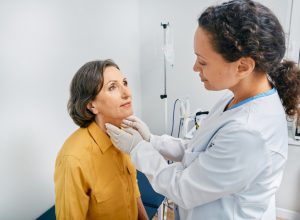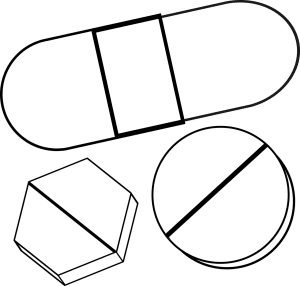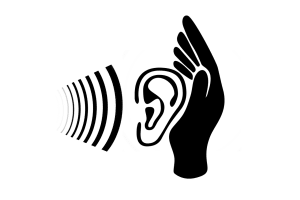For decades, African Americans have dealt with many systemic inequalities in this country, including unequal access to healthcare, which has led to big disparities in the health of African Americans and Caucasians even today. However, the tides are slowly turning, and almost every marker of health seems to be improving for African Americans. For example, according to a study by the American Cancer Society, African Americans have long had a higher mortality rate for cancer than Caucasians have had, but death rates for African American men and women have actually been decreasing significantly over the last several years.
Cancers That Most Affect African Americans

According to the CDC, prostate cancer is the most commonly diagnosed cancer in African American men, and breast cancer is the most commonly diagnosed cancer in African American women. Each makes up nearly one-third of cancers diagnosed in each gender. Lung and colorectal cancers are the second and third most commonly diagnosed cancers in both African American men and women.
Slow Improvements
Although African Americans still have the highest death rate and the lowest survival rate of any racial group for most cancers, the overall cancer death rate for that group has been dropping. In fact, the death rate for African Americans decreased 25% from 1999 to 2015.
In the American Cancer Society’s report, Cancer Facts & Figures for African Americans 2019-2021, they give numbers on new cancer cases, deaths, survival, screening test use, and risk factors for African Americans. They found:
- From 2006 to 2015, the overall cancer death rate declined faster among African American men and women than among Caucasian men and women in the US.
- Rates for African American men declined 2.6% per year vs. 1.6% for Caucasian men.
- Rates for African American women declined 1.5% per year vs. 1.3% for Caucasian women.
- Continuous declines in death rates for the past 25 years have resulted in more than 462,000 fewer cancer deaths.
- Among men, the overall cancer death rate was 47% higher for African Americans than for Caucasians in 1990, but only 19% higher in 2016.
- Among women, the death rates decreased from 19% to 13% over the same period, with the gap nearly disappearing for some age groups.
“Seeing the substantial progress made over the past several decades in reducing Black-white disparities in cancer mortality is incredibly gratifying,” said Len Lichtenfeld, MD, interim chief medical officer for the American Cancer Society, in a statement. “This progress is driven in large part by drops in the lung cancer death rate driven by more rapid decreases in smoking over the past 40 years in Blacks than in whites. To continue this progress, we need to expand access to high-quality cancer prevention, early detection, and treatment for all Americans.”
Closing The Gap
Despite numbers going down, diagnoses of cancer and the cancer mortality rate are still high for African Americans because they often face more risk factors, as well as access to healthcare that is still often unequal – for example, African Americans tend to be screened for cancer less often than Caucasians. 
With that being said, though, there are more ways to access quality healthcare now than ever before, which is hopeful. With the Affordable Care Act (ACA), which has helped millions of Americans access better healthcare, and the extension of premium tax credits to more households, health insurance is more accessible to everyone. Not only that, but Medicare has been slowly expanding its benefits to cover more and reduce out-of-pocket costs. All of this has helped narrow the gap, along with African Americans themselves taking control and seeking more care, and taking better care of themselves with the better resources available to them.
What Can You Do?
To help prevent cancer, you need to get screened regularly, go to your annual doctor visits, and take your medications! Other things you can do to continue to beat the odds is to adopt a healthier lifestyle that includes exercising regularly and eating a healthy diet. You should also make sure you have access to affordable, quality healthcare, which you can do by adding a Medicare Supplement Plan onto your existing Medicare Parts A and B. Remember, Medicare will cover most of your treatments and medications, but Part B will only pay for 80% of your expenses, leaving you to pay the remaining 20% out-of-pocket. That 20% can really add up, but if you have a Medicare Supplement Plan, your plan will cover many of these costs.
There are 10 different Medicare Supplement Plans to choose from, so it’s important to compare each one and find the plan that suits your medical needs and saves you money. EZ agents work with the top-rated insurance companies in the country and can compare plans for you in minutes, at no cost to you. To get free instant quotes, simply enter your zip code in the bar above, or to speak to a licensed local agent, call 888-753-7207. No hassle or obligation.












